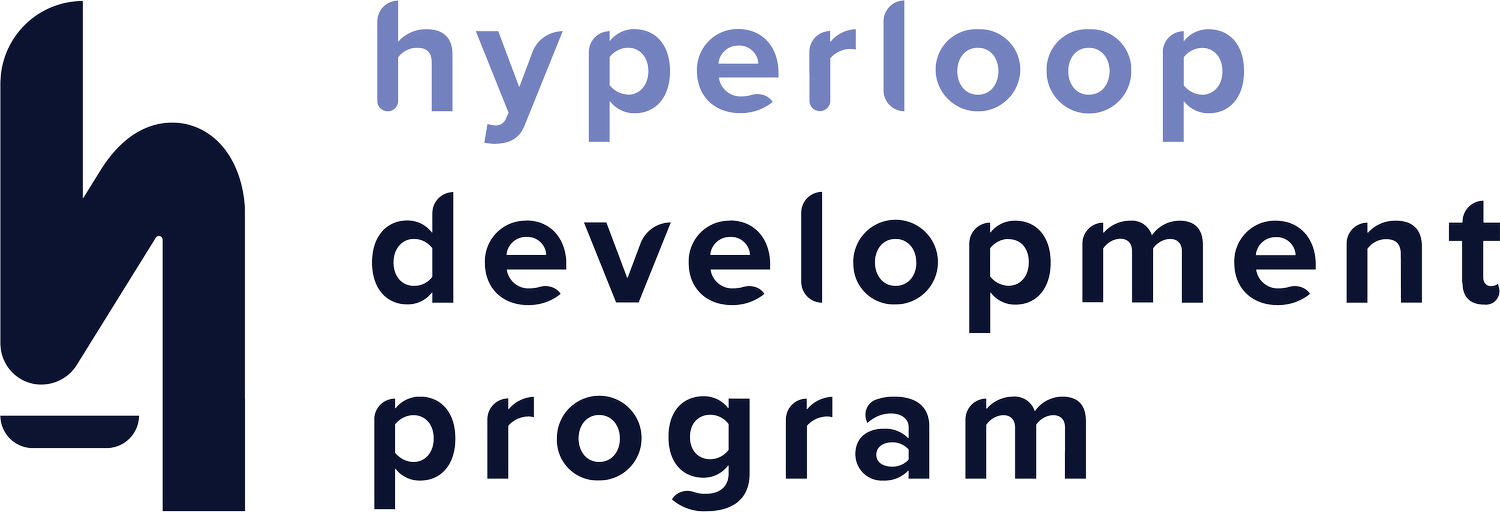The Hyperloop development program
The Hyperloop Development Program (HDP) is an ecosystem bringing together companies and research institutes that collaborate to develop the hyperloop as a safe, energy-efficient and commercially viable transport mode.
The HDP aims to achieve the following goals:
To prove the feasibility of hyperloop as a safe and sustainable low-emission transport mode for people and goods.
To test & demonstrate in the European Hyperloop Center that the technology works as intended (designed) and can be operated safely.
To identify the future prospects and opportunities for industry and stakeholders clustered around the hyperloop ecosystem.
The goals of the HDP are addressing the following set of seven key aspects in four Work Groups. These groups focus on several activities such as R&D projects, feasibility studies and the realization of the European Hyperloop Center in the Dutch Province of Groningen.
WG
Cargo
Feasibility
___
To prove the feasibility of hyperloop as a safe and sustainable low-emission method of transport for people and goods.
WG
Passengers
Feasibility
___
To prove the feasibility of hyperloop as a safe and sustainable low-emission method of transport for people and goods.
WG European
Hyperloop Center
Realization
___
To demonstrate in the European Hyperloop Center Groningen that the technology works as intended (designed) and can be operated safely.
WG
Future Prospects
Marketability
___
To identify the future prospects and opportunities for industry and stakeholders clustered around the center of excellence of hyperloop.
Research aspects
During this initial 3-year program, hyperloop research and innovation will be advanced by building up on the following comprehensive set of seven key aspects.
Safety
The appropriate level of safety needs to be defined in line with the zero-accidents ambition.
Standards
Standards are key to create a certified, sustainable, interoperable system and transport network with the appropriate level for safety.
Integration
Hyperloop needs to be integrated into the physical domain as well as into the mobility system for passengers or the logistics system for goods.
Socio-Economic Costs and Benefits
Hyperloop routes need to have a positive business case in social, economic, financial and environmental terms to be implemented.
Public Adoption
The needs and wishes of end-users will be incorporated in the adoption roadmap.
Ecosystem
The global opportunity of hyperloop implementation and the role that the partners in the ecosystem can play need to be assessed.
Technology
A test facility and learning center is required to test all the facets for safe operation of hyperloop and to provide answers to questions.








